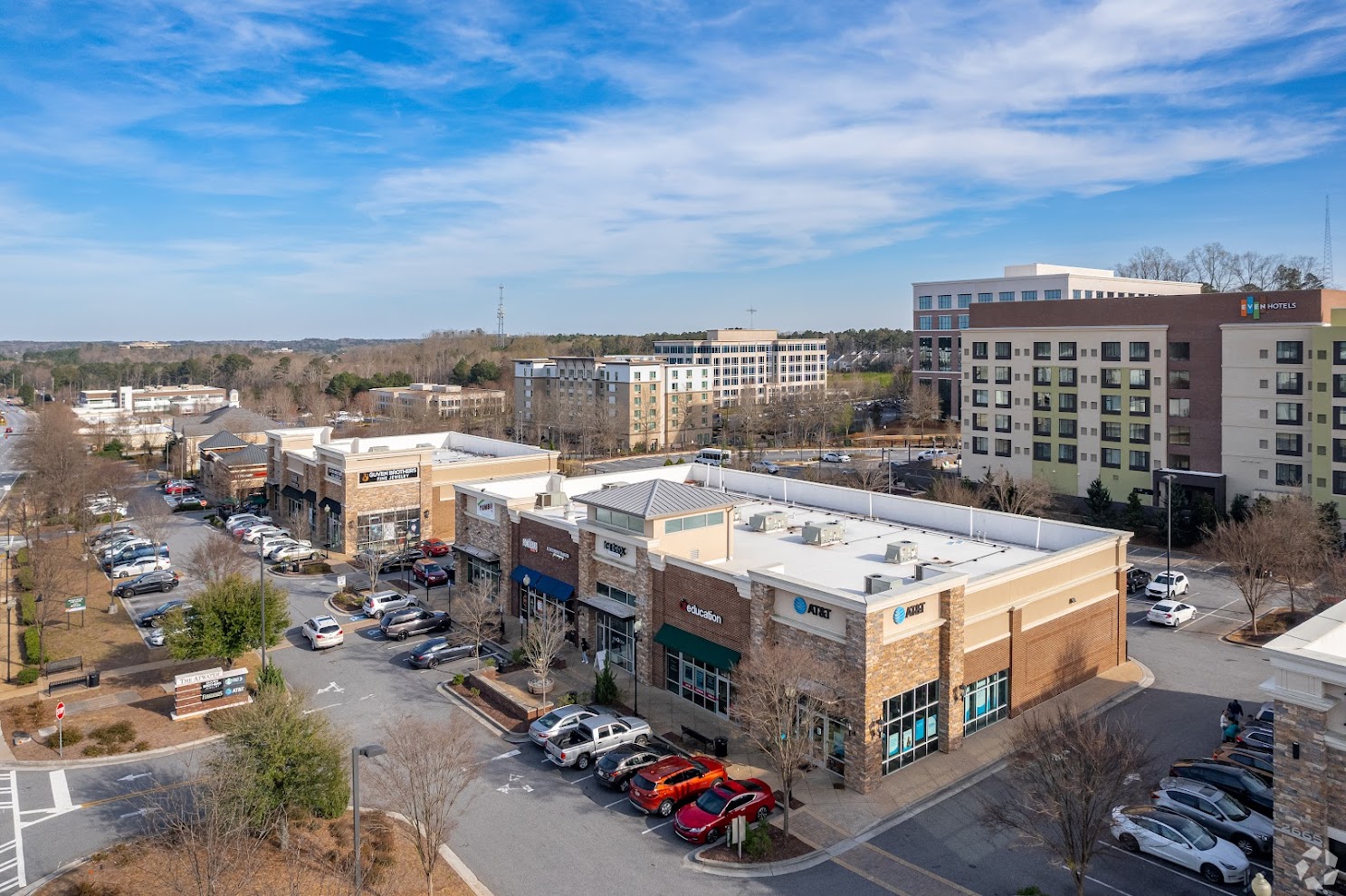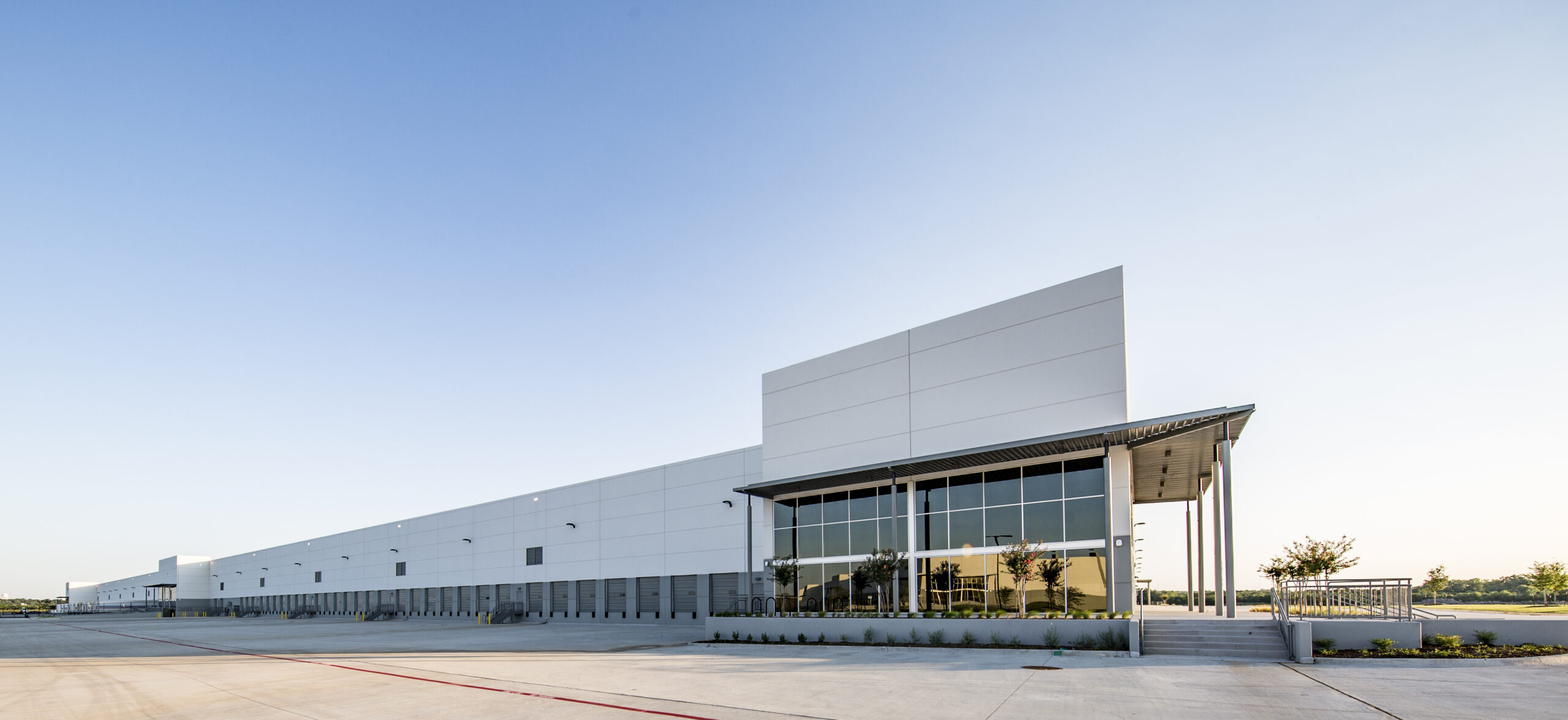In the ever-changing and diverse US real estate market, investors continue to seek new and alternative strategies for real estate investment. While the traditional product lines of Office, Retail, Multifamily and Industrial continue to dominate the investment market, new niche strategies have garnered increased interest and acceptance as well. Some of these niche strategies have developed as a result of demographic or marketplace evolution (e.g., active adult or e-commerce), and some of these strategies are simply newly-recognized as an investable category. While these changes in strategy are sometimes hard to detect or predict, there are times when these obvious strategies may be right in front of us.
“Niche” vs Traditional
E-commerce has created much turbulence in the retail sector, yet many investors continue to see opportunity in the space despite the recent disruption. One of the attractive features of retail is the need for the tenant’s location to be proximate to its consumer base. Thus, the value of a shopping center is largely driven by its physical position within its submarket. There are many different ways to evaluate a specific location, and investors typically assess both the demographics surrounding the shopping center and the tenants in the existing submarket. Furthermore, a prudent investor in the retail sector should always ask one simple question, “Can I replicate or increase rents at this particular site regardless of tenant name or use?” Historically, grocers have been among the most scientific in their site selection criteria, and investors have often relied upon grocery-anchored centers to provide comfort in a location analysis. Additionally, the grocer in a center is often able to drive significant traffic to surrounding retail users, which helps the owner of that center drive rental rate increases over time. Prior to the Great Recession of 2008, competition for acquiring these grocery-anchored shopping centers was at a record high. The market viewed grocery-anchored investments as “safe” given the “need-based” retailer (i.e., grocery store) tenancy. That demand seems to have continued nearly unabated since that time, as investors have sought safety from the e-commerce turbulence in the retail space.
Unbeknownst to many, Convenience and Gas (C&G) stations offer many of the same protections as grocery- anchored centers. The daily consumer need for fossil fuels drives traffic just as a grocer drives traffic with its food offerings. In addition, like many top grocers, C&G stations are typically path-of-growth leaders and expert site selectors. The top operators are often the first to lay claim to the best corners in a growing market. As the market matures around them, the sites that were once outliers often become infill strategic locations. Path-of- growth leaders also benefit from future restrictions that may evolve as a market matures. Density in a market tends to, over time, reduce municipal tolerance for drive- through access, curb cuts and signage. Market barriers like municipal ordinance or land constraints provide good support for the site-level operational performance as well.
Class of Trade (Operational Models)
Many investors view Convenience and Gas investment as a space which presents too many challenges to overcome. A lack of knowledge regarding the business model, the potential environmental risks, and the impact of electric cars has kept many on the sidelines. However, these challenges are understandable and able to be underwritten after some basic research, because the C&G business itself is relatively straightforward. Much of the valuation fear probably stems from the fact that the properties are valued differently than most other real estate investments due to the fact that the sites are operating businesses. Typically, the value is based on a multiple of site-level revenue. Since an average of 70 to 90 percent of the site-level revenue results from fuel sales, understanding the fuel business in particular is critical to investing in this type of real estate. It is important to understand that demand for fuel tends to be relatively inelastic. Due to the necessity in most of America for fossil fuels to function in day-to-day life, fuel volume is less sensitive to pricing changes relative to other retail products. Despite that inelasticity, in-store sale profitability is key as well.
However, contrary to common thought, the volume of fuel sales continues to dominate each site’s financial performance. In addition to location, fuel sales, and in- store sales, the choice of the correct site-level operational model is critical to maximizing site-level revenue.
There are three basic real estate operational models for Convenience and Gas operators. The first model is Company Owned and Company Operated (“COCO”). This model is typically used in low fuel margin markets and tends to use scale to overcome operational costs. In this model, employees of the operator are present at the site, and the operator typically employs more “back office” professionals at headquarters to manage human resource issues. These costs require scale to overcome, and they have been a source of pressure in the industry that benefits larger operators. The primary advantage of this model is the fuel margin. The operator benefits from the entire wholesale to retail fuel margin spread. In addition, the operator’s best practices can be more easily managed at the site-level.
The next model is Company Owned Dealer Operated (“CODO”). This model is typically used in high fuel margin markets. In this model the operator/owner leases the site to a dealer. The dealer then purchases fuel directly from the operator/owner. As a result, the dealer owns all the fuel and controls street pricing of all products. As a result, the operator/owner fuel margins are essentially set.
Lastly, there is the Commission Agent (“CA”) model. The only difference between this model and the dealer model above, is the ownership of the fuel. In this model, the Commission Agent rents the real estate from the operator/owner. In addition, the Commission Agent is paid a fixed commission (cents per gallon) for managing the day-to-day fuel operations. This model is more adaptable to any market. Operators typically deploy this model to control street pricing of the fuel.
Investment Risk
Environmental
Many investors outright eliminate this segment of retail based solely upon environmental concerns. While this may be a correct position to take for some portfolios, there is a case to be made that this type of dismissal is overly conservative. An alternative approach to any risk (environmental or otherwise) is to create a portfolio based on measured quantification and allocation. Prior to acquisition, an investor can conduct due diligence to attempt to identify and quantify unanticipated environmental risks. For Convenience and Gas investments, due diligence would consist primarily of Phase I and II environmental site assessments to determine if there have been any prior fuel leaks, and to determine in particular if there exists any ground water contamination. If the investor is unable to quantify the exposure, it would certainly be risky to move forward with the acquisition. However, if exposure can be quantified, an assessment of sources of funds to cover such potential costs can be made. For Convenience and Gas, there are many strong sources available to investors to eliminate or reduce the potential risks of environmental exposure. Please see the list below for sources (in order of priority) that typically fund any unanticipated costs associated with Convenience and Gas investments:
- Funds from seller via escrow or insurance,
- Reimbursement from EPA mandated state-sponsored Leaking Underground Storage Tank (“LUST”) funds,
- Underwritten deal level cash flows.
In addition to the above sources, any investor would be wise to procure pollution insurance to cover any future cleanup obligations as well as third party liability. Today’s market for Convenience and Gas investments clearly enables transaction flow with measures such as these in place.
Real Estate
A prudent investor always considers the real estate characteristics of any acquisition. Prior to acquisition,
a comparison of acquisition price to comparable sales in the market, in addition to confirmation of site-level market rental rates based on comparable ground leases in the market, is made. This basic real estate competitive analysis is essentially the same for the traditional product lines and should always be conducted irrespective of the model of the C&G investment.
Operational
Certainly, any investor interested in the space must be aware of the associated operational risk. Fluctuations in oil prices, refinery shutdowns, geopolitical events, Corporate Average Fuel Economy (“CAFE”) standards, and consumer demographic trends all play a role in the underlying current and future performance of the segment. There are risks in traditional retail (e.g., e-commerce) that play a similar role. The difference in the Convenience and Gas space is transparency. There are multiple databases and industry specific research reports that address trends impacting performance. Thus, it is unique that in this space, an investor can monitor all of these variables on a daily basis. That being said, there is always risk in any investment. The most significant way to mitigate these risks is to focus on markets with barriers to entry. These barriers include unavailable land, zoning restrictions, and first-to-market competitive barriers, to name a few. These barriers, coupled with the geographic diversity of a multiple site strategy, help support operations. Successful operation allows for an increase in the rent that can be charged, and this increase will drive the profitability of the investment.
Emerging Trends
The two most talked about trends in the space are electric cars and government-mandated increases in CAFE standards for vehicles. These two factors will certainly have an impact on the future of fossil fuel demand. Predicting the level and timing of that impact varies depending on which “expert” is speaking. Reacting to this uncertainty, the industry has already transformed from a fuel volume business to a fuel margin business, which gives investors additional comfort in the operational model during this time of uncertainty.
Scope of Market
Currently, there are approximately 150,000 Convenience and Gas sites in the United States. Sixty-two percent of them are single owner, and the industry continues to consolidate for many reasons including economies of scale, ownership changes driven by aging owner population, loss of buyer power relative to the consolidating competition, and increasing capital improvement costs necessary to keep up with technological and regulatory standards. In addition, there are larger operators that have expanded too quickly and have realized that the challenges in the retail side of the fuel business are greater than they anticipated. These challenges are causing a change in strategy as many operators are now opting to sell the real estate in order to simplify and streamline their businesses.
Conclusion
Since the purchase of this real estate essentially involves the purchase of a business as well, the deal flow tends to be erratic and hard to predict on an annual basis. It is thus difficult to forecast from a capital flow perspective, particularly compared to more mainstream investment product types. However, as a supplemental niche sector, this overlooked property type presents many attractive features similar to more traditional retail and for the brave investor, could be a source of attractive risk adjusted returns.
Note: This overview is provided for informational purposes only and does not provide a comprehensive analysis of C&G investments, markets, underwriting best practices,
or risks of investing in such assets. This information is not an investment recommendation and may include forward- looking statements. All statements other than statements of historical fact are forward-looking statements (including words such as “believe”, “estimate”, “anticipate”, “may”, “will”, “should”, and “expect) and there can be no assurances that any expectations will prove accurate.




